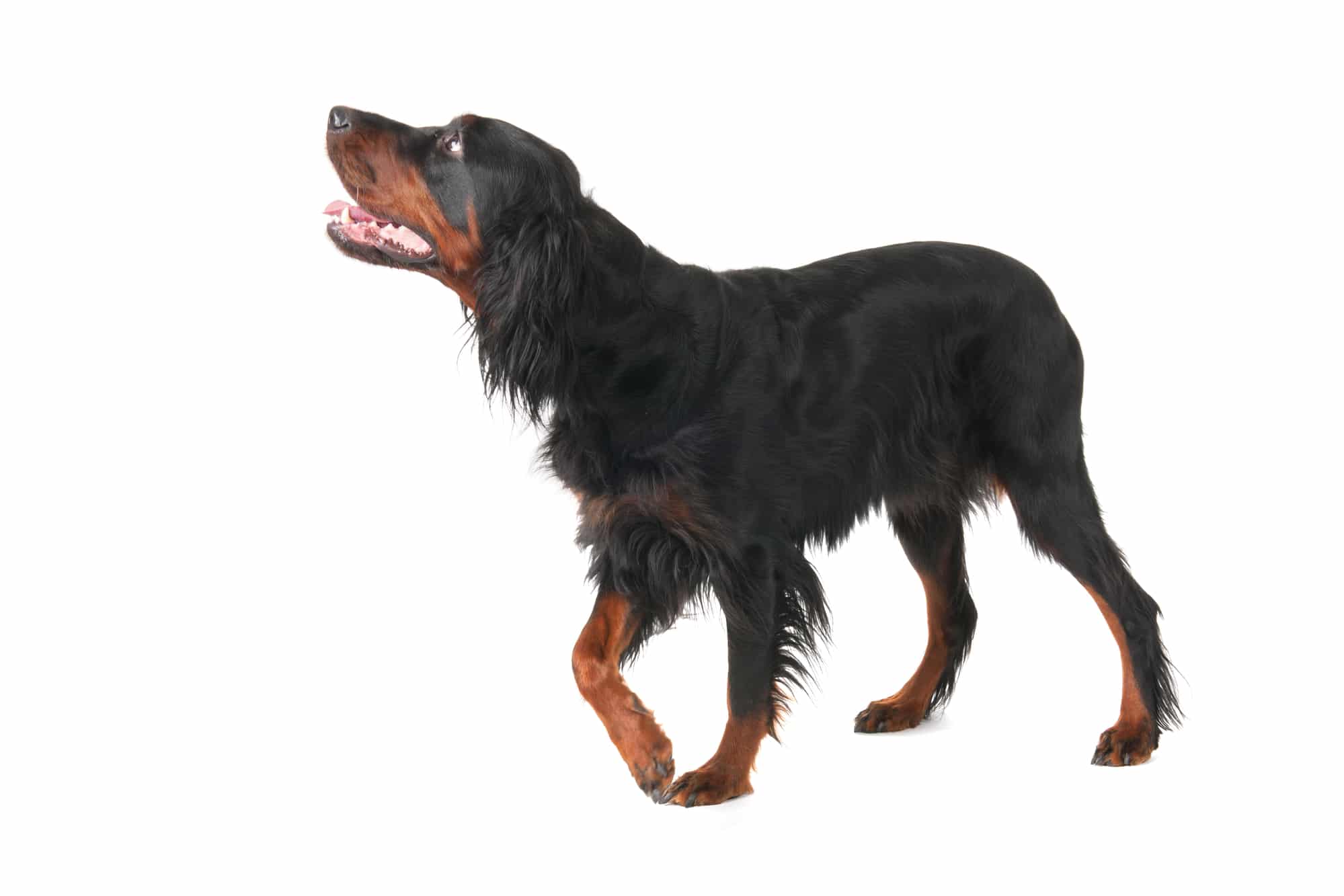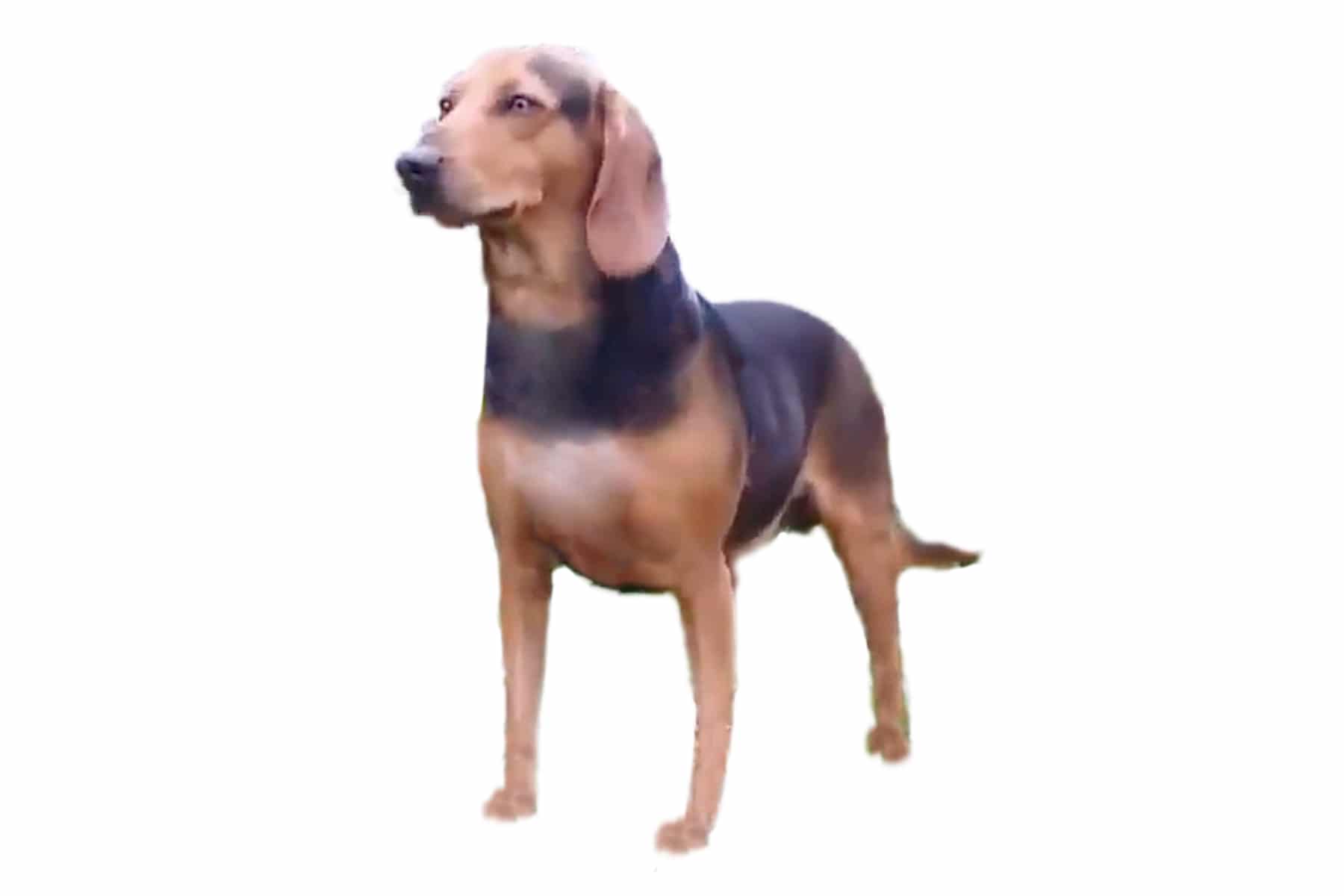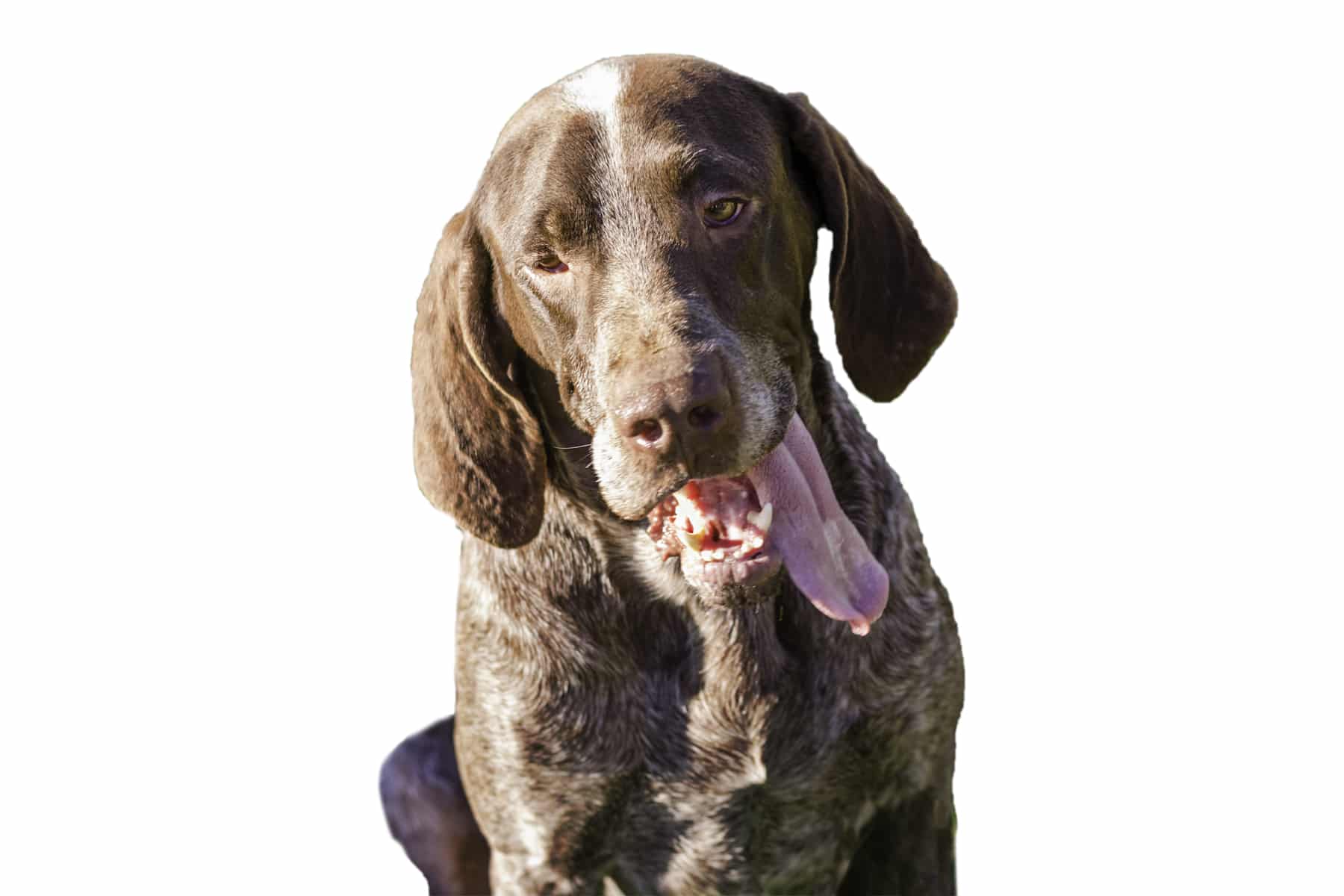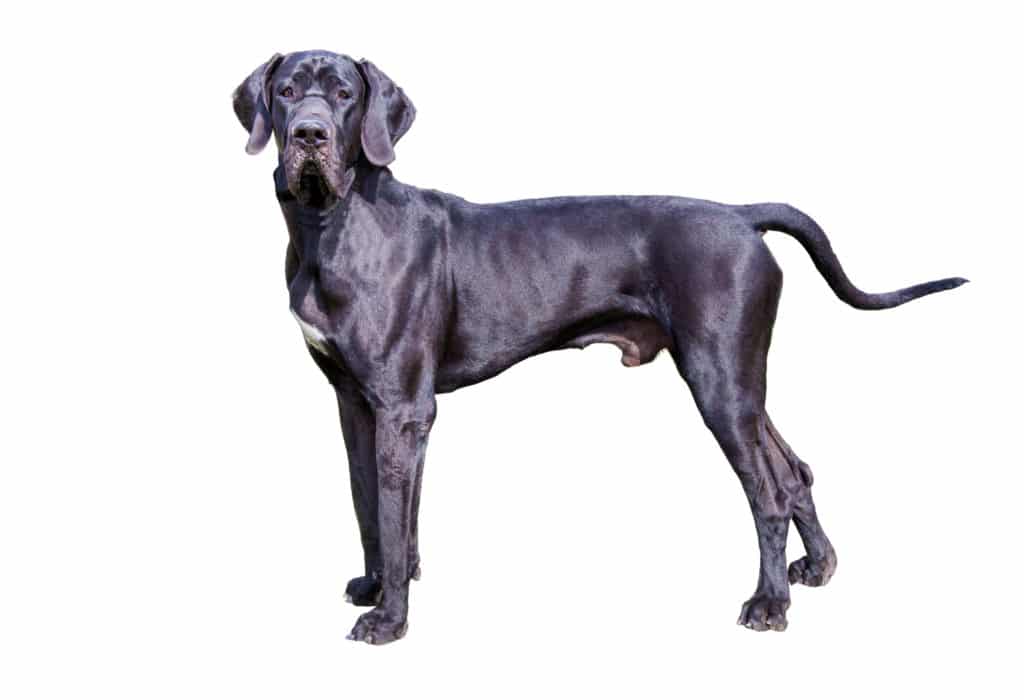Giant Schnauzer
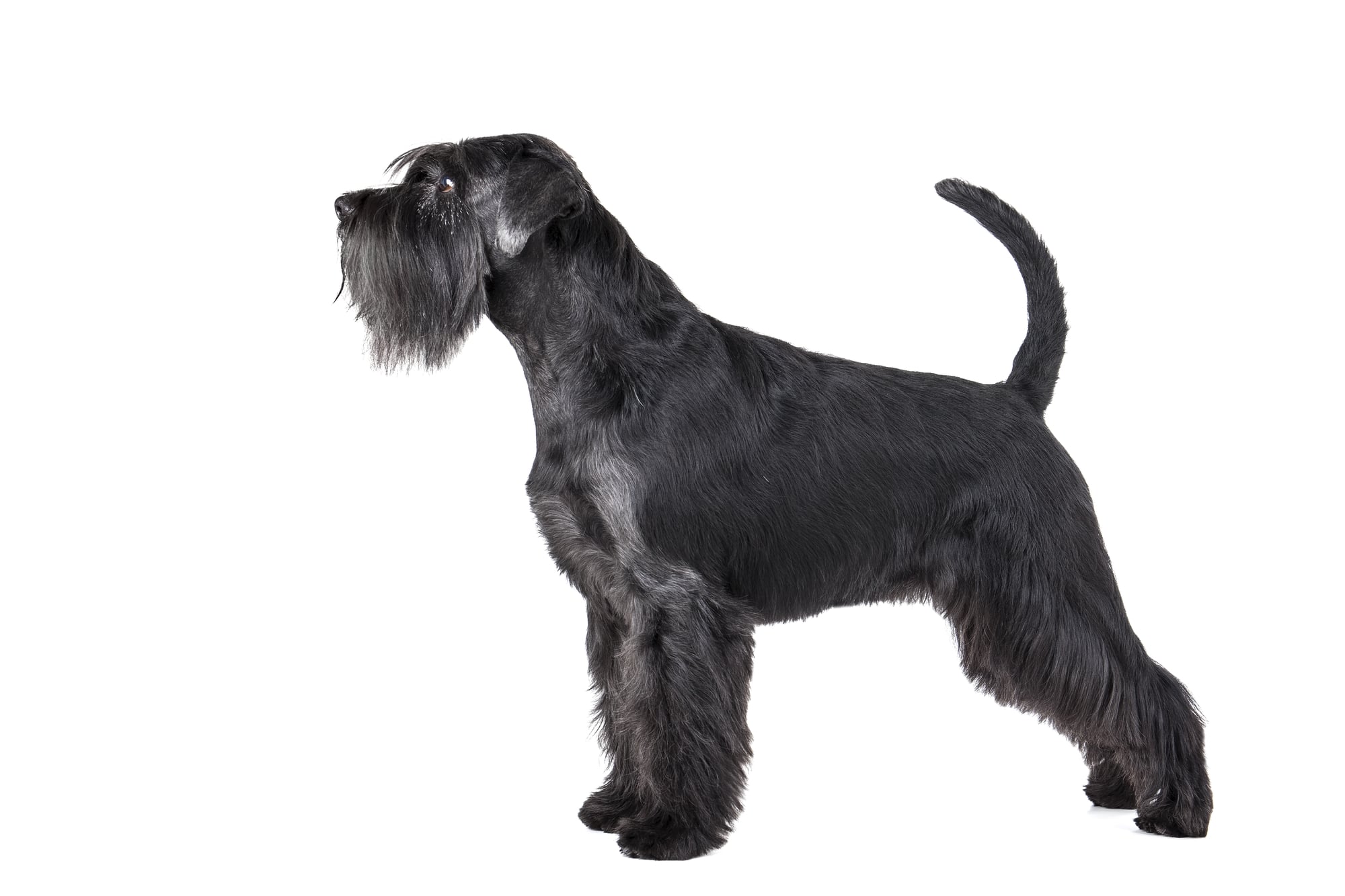
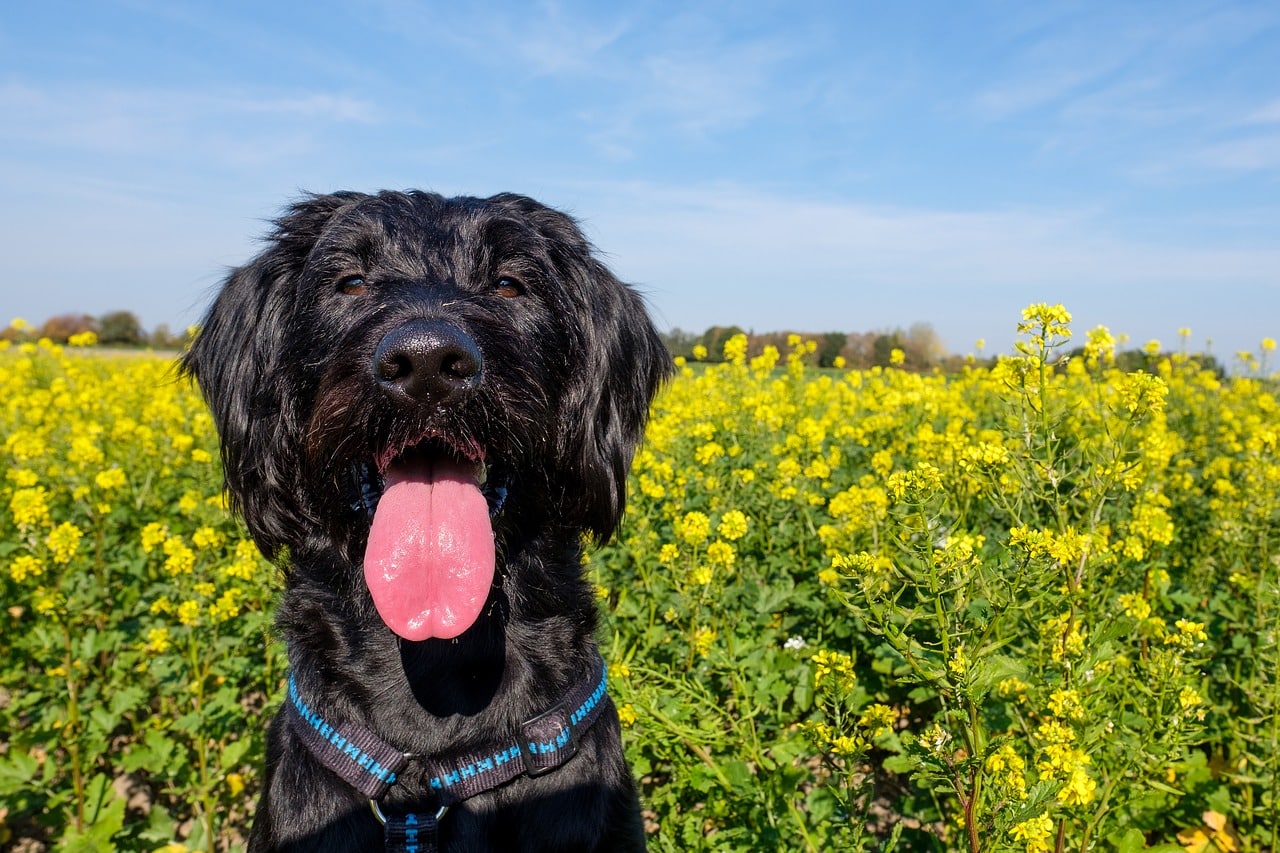
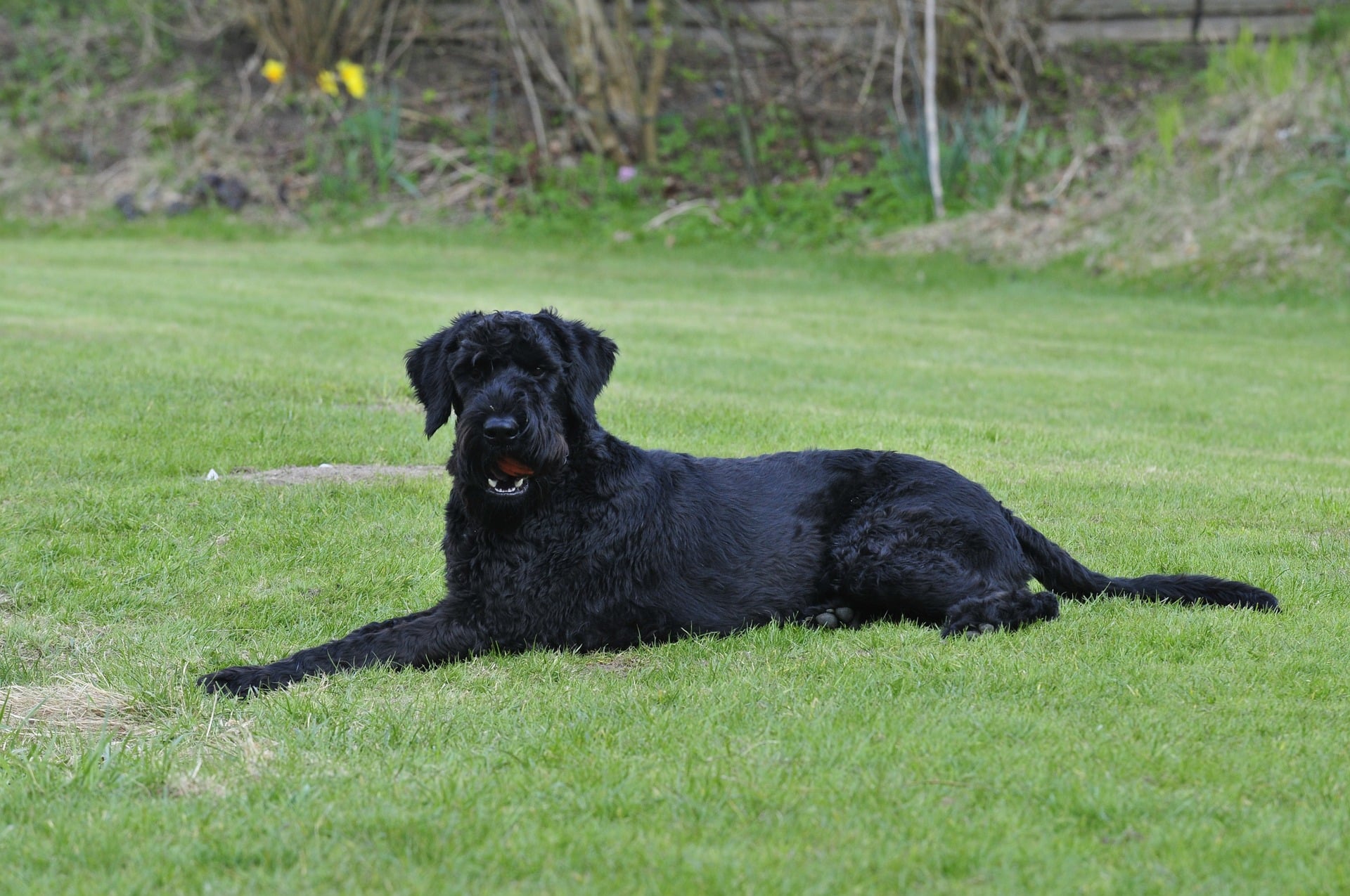
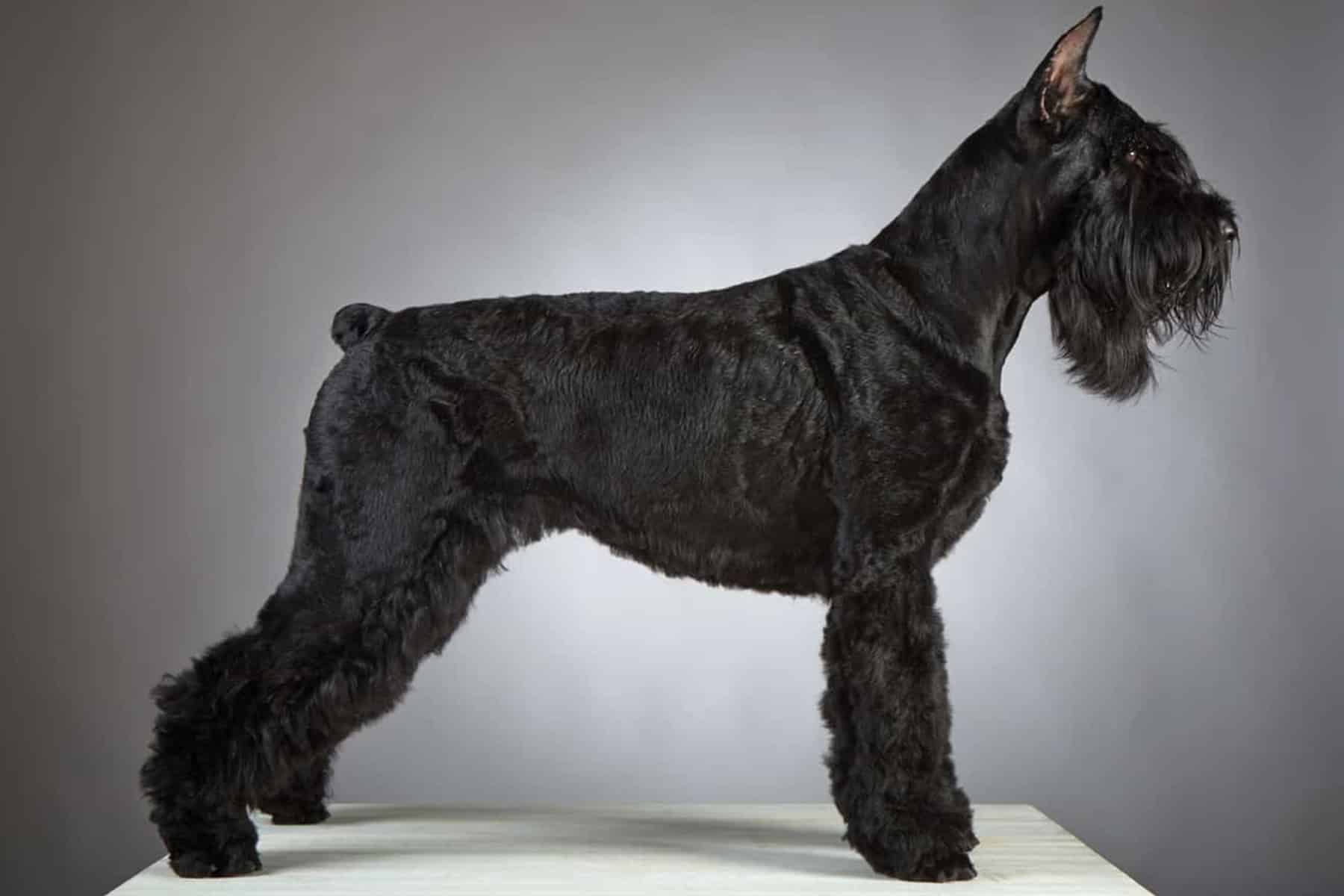
Temperament:
My four-legged family member - the giant schnauzer! Surely this thought makes everyone feel queasy. The words "schnauzer = snout" and "giant" don't exactly sound inviting either. But don't worry! Packaging and content rarely match. In short: there is usually a soft core under the dog's hard shell!
Characteristics
The large fellow has a strong build with a shoulder height (height at withers) of 60 to 70 centimeters. Its impressive weight is between 35 and 45 kilograms. With these dimensions, it appears very dominant at first glance. However, he is rather loyal and affectionate and also shows this behavior towards his owner.
The Giant Schnauzer loves his pack family and especially children. Playing around with the little ones in his pack provides variety and action. This is a highlight for the Wusel and means pure happiness for him. When playing with the youngsters, he also acts as a guard. The compact animal acts instinctively according to the hierarchy.
His intuition teaches him that the little ones in the pack are always inferior and need special protection. He performs this function without guidance. Even friends often lose out and are growled at as intruders.
Their great stamina and physical robustness enable the pedigree dog to take on valuable tasks. Your dog not only guards your house and garden. It also helps to detect explosives and narcotics. The loyal animal is even deployed in the event of plane crashes or earthquakes.
The Giant Schnauzer's urge to move should not be underestimated. He can only keep up a leisurely pace for a short time when going for a walk or a stroll. After that, he needs to be able to let off steam. This is why this spirited dog is best suited to a sporty family.
The four-legged friend enthusiastically accompanies its owner when jogging, riding or cycling. He also loves long walks where he can dash across meadows and fields.
But before this bundle of energy moves in with you, check your time budget! The giant needs people who will look after it lovingly and do lots of things with it. Life expectancy is around ten to fourteen years.
The health problems that arise often affect the musculoskeletal system. These include knee diseases, bone tumors or cartilage defects. Giants are rarely affected by hip joint dysplasia. However, they are prone to metabolic diseases and thyroid problems.
Training these animals is the task of experienced dog handlers. The strength and size of a Giant Schnauzer should not be underestimated. They pose clear dangers for beginners. Otherwise, the Giant Schnauzer is a balanced and good-natured dog. It is absolutely loyal to its owner.
Coat care:
Shedding:
Energy level:
Trainability:
Children suitable:
The right food
When choosing food, make sure that it contains high-quality ingredients, is balanced and meets your dog's requirements. Age, size or weight, activity and health status play an important role. You should follow the manufacturer's recommendations for the amount of food.
Treats should only be fed in moderation and deducted from the basic diet to avoid obesity.
Puppies can be fed 4-6 times a day. The number of meals should be gradually reduced to 2 per day until the dog is fully grown. A rest period should be observed after meals.
Fresh drinking water should be available at all times.
Health & Care
Grooming the Giant Schnauzer requires more effort. The Giant Schnauzer has a firm, almost wiry coat with a soft undercoat. This rough coat needs to be trimmed approximately every three to four months. A special trimming brush makes the job easier. The dead hair is completely removed at the root. Don't worry! The procedure is completely painless for your pet.
Trimming improves the blood supply to the skin. The skin's metabolism is stimulated. The result is a shiny and strong hair structure. With conventional clipping, the hair root remains intact. However, the coat density increases, which prevents sufficient oxygen supply to the skin.
With increasing matting, severe itching and, in the worst case, open wounds develop. That doesn't have to be the case! If you feel unsure about trimming your dog, a groomer can help you.
Otherwise, you should comb and brush your pet daily. This not only ensures optimal detangling of the wiry coat. It also helps your four-legged bundle of energy to relax and calm down.
The bearded speedster belongs to the hairless breeds and is therefore particularly suitable for allergy sufferers.
Dog grooming also includes regular checks of the eyes and ears. Deposits should be cleaned carefully. You can use a clean, damp cloth for this or there are special solutions. It is best to ask your vet what is best for your dog.
The paw pads should be checked after every walk. Especially between the pads, there may be deposits such as stones that need to be removed. If the claws do not wear off by themselves, they must be trimmed regularly.
For dental care, you can give your dog special chewing cones or chewing articles for the teeth. An additional measure is to brush your dog's teeth regularly with a special toothpaste and toothbrush for dogs.
It's best to start grooming when your dog is a puppy so that he gets used to it.
Suitable accessories
Leash, harness, food bowl, water bowl and dog blanket are not the only basic equipment.
To satisfy Wuffi's curiosity, he also needs dog toys that provide exercise and challenge his mind.
You will also need tick tweezers, claw clippers, mild dog shampoo, brush and comb or rubber curry comb, dog toothbrush and cream, a transport box for transportation in the car and a first aid kit. It's best to ask your vet what should be in the first aid kit.
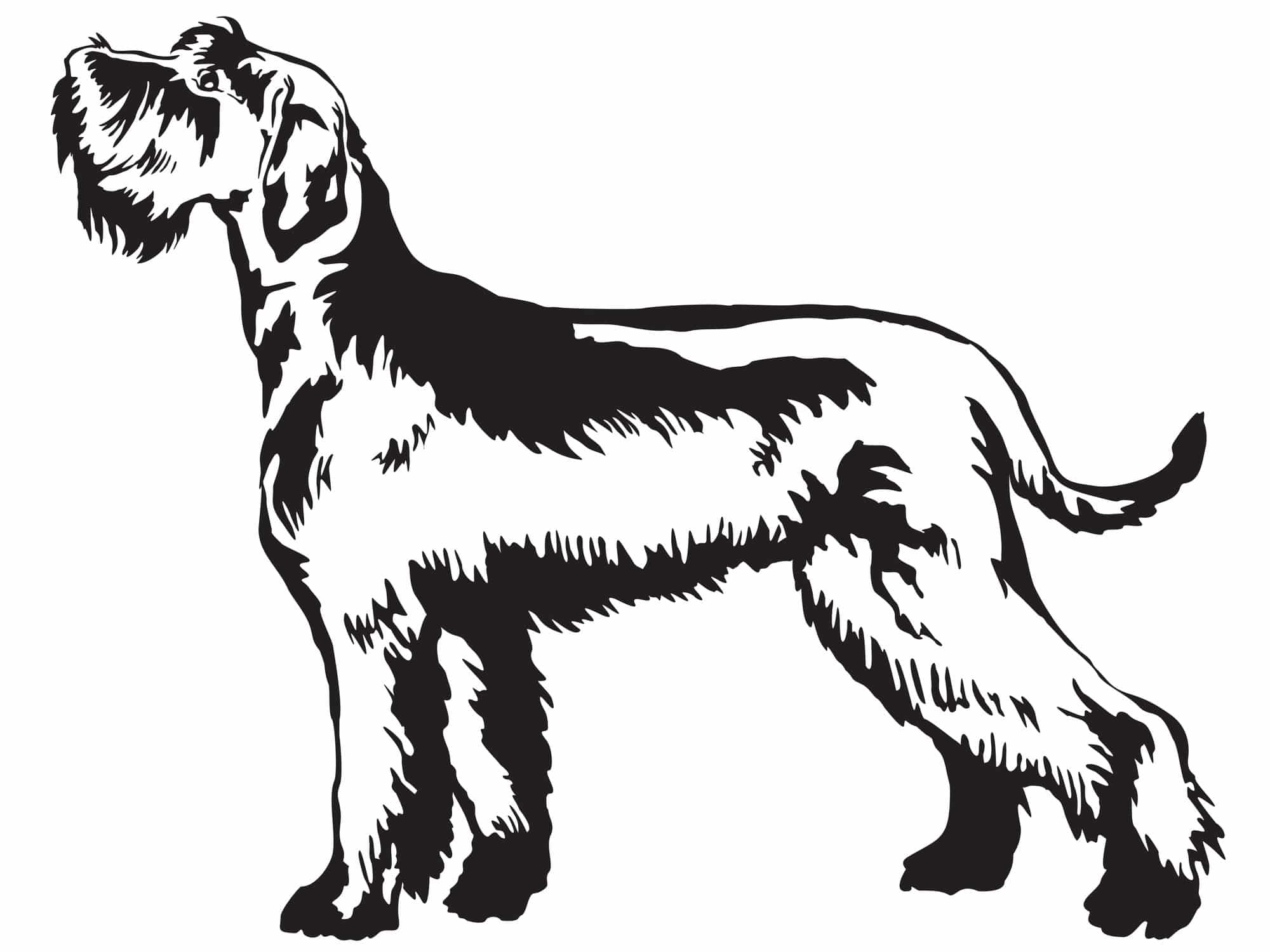
Origin & History
The Giant Schnauzer belongs to the Pinscher and Schnauzer family and was finally recognized by the FCI in 1955. It is listed under the standard number 181.
Its ancestors can be traced back to 1850. At that time, Hungarian shepherds drove their herds to southern Germany with the help of dogs. The four-legged friends resembled today's Giant Schnauzer.
The four-legged friend was particularly popular with farmers in southern Germany. The brewers also appreciated his services. They placed him next to the brewery wagons as a guard. The nickname "Bierschnauzer" also dates from this time.
From 1925, the Giant Schnauzer was officially recognized as a service and police dog. It still bears this designation today.
